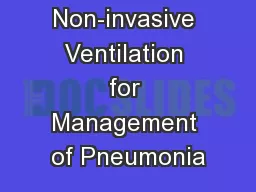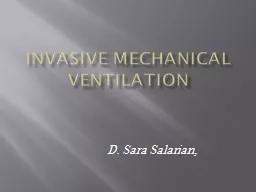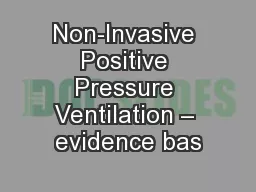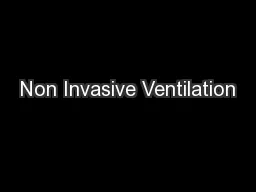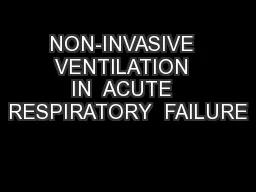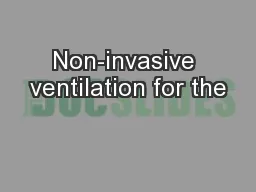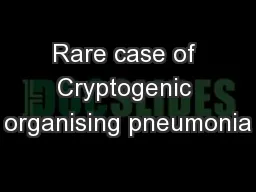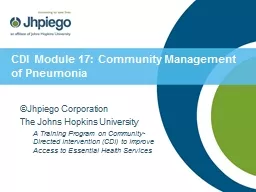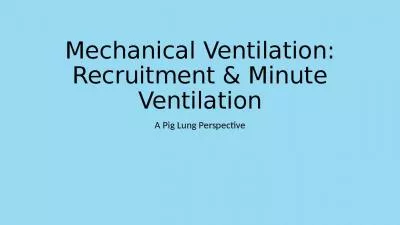PPT-Non-invasive Ventilation for Management of Pneumonia
Author : karlyn-bohler | Published Date : 2017-05-07
Problem Based Lecture January 28 th 2016 SNoll PGY3 Varied schools of thought I dont listen to podcasts read blogs nor FOAMed NIV Noninvasive positive pressure
Presentation Embed Code
Download Presentation
Download Presentation The PPT/PDF document "Non-invasive Ventilation for Management ..." is the property of its rightful owner. Permission is granted to download and print the materials on this website for personal, non-commercial use only, and to display it on your personal computer provided you do not modify the materials and that you retain all copyright notices contained in the materials. By downloading content from our website, you accept the terms of this agreement.
Non-invasive Ventilation for Management of Pneumonia: Transcript
Download Rules Of Document
"Non-invasive Ventilation for Management of Pneumonia"The content belongs to its owner. You may download and print it for personal use, without modification, and keep all copyright notices. By downloading, you agree to these terms.
Related Documents

